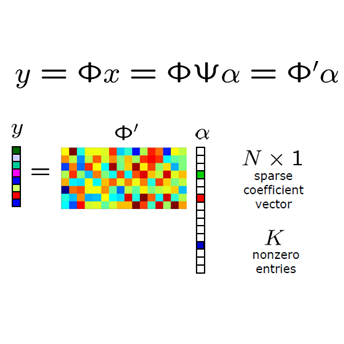Irregular repetition slotted aloha (IRSA) is a grant-free random access protocol for massive machine-type communications, where a large number of users sporadically send their data packets to a base station (BS). IRSA is a completely distributed multiple access protocol: in any given frame, a small subset of the users, i.e., the active users, transmit replicas of their packet in randomly selected resource elements (REs). The first step in the decoding process at the BS is to detect which users are active in each frame. To this end, a novel Bayesian user activity detection (UAD) algorithm is developed, which exploits both the sparsity in user activity as well as the underlying structure of IRSA-based transmissions. Next, the Cramer-Rao bound (CRB) on the mean squared error in channel estimation is derived. It is empirically shown that the channel estimates obtained as a by-product of the proposed UAD algorithm achieves the CRB. Then, the signal to interference plus noise ratio achieved by the users is analyzed, accounting for UAD, channel estimation errors, and pilot contamination. The impact of these non-idealities on the throughput of IRSA is illustrated via Monte Carlo simulations. For example, in a system with 1500 users and 10% of the users being active per frame, a pilot length of as low as 20 symbols is sufficient for accurate user activity detection. In contrast, using classical compressed sensing approaches for UAD would require a pilot length of about 346 symbols. The results also reveal crucial insights into dependence of UAD errors and throughput on parameters such as the length of the pilot sequence, the number of antennas at the BS, the number of users, and the signal to noise ratio.
翻译:URSA是完全分布的多个访问协议:在任何给定的框架中,有一小部分用户,即活跃的用户,以随机选择的资源元素(REs)传输其软件包的复制件。BS解码过程的第一步是检测每个框架范围内哪些用户是活跃的准确度值。为此,开发了一个新型Bayesian用户活动检测(UAD)算法,利用用户活动的紧张性以及基于IRSA的传输的基本结构。接下来,将一个小组用户,即活跃的用户,以随机选择的资源元素(REs)传输其软件包的复制件复制件。在BS的解码过程中,第一步是检测每个框架内的准确度值值。为此,开发了一个新型Bayesian用户活动检测(UAD)算法(UAD)算法(UAD)算法(UAD)新设计的算法(UAD),同时将BADS的用户在用户活动中的快速度以及模拟数据(通过10个用户的测试活动)的测试数据(通过IM)排序) 和污染分析系统,这些测试数据(通过10个用户的测试数据,这些测试的用户的用户的排序) 将显示。



